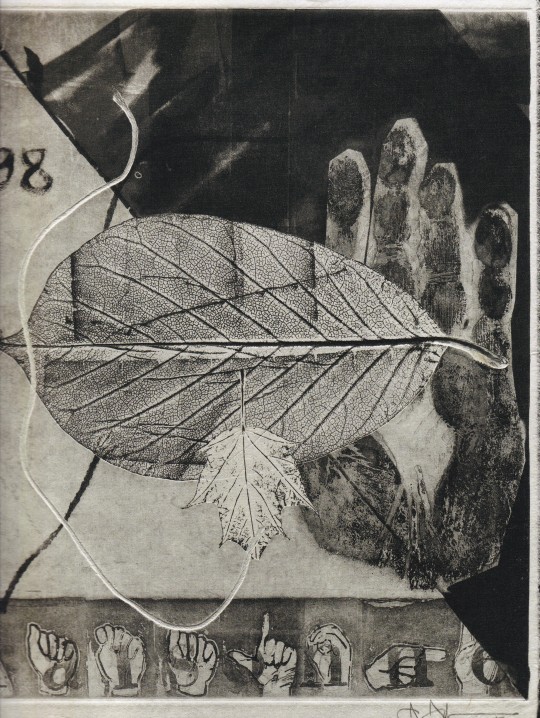#Museum Barberini Postdam 2018
Explore tagged Tumblr posts
Text












Jasper Johns The 100 Monotypes
edited by Ortrud Westheider, Michael Philipp
Prestel Verlag, München 2018, 128 pages, 24x30cm, ISBN 978-3-7913-596-2
euro 30,00
email if you want to buy [email protected]
exh.Museum Barberini, Postdam
Jasper Johns (b. 1930) is one of the leading artists of American Pop art. Well-known for his large-format paintings in bright, vibrant colors, he was also a prolific printmaker, and his graphic work puts the peintre-graveur on a par with Goya and Picasso. On the occasion of his 90th birthday on May 15, 2020, the Museum Barberini presented his most recent series, The 100 Monotypes
“Is it a flag, or is it a painting?” This was the question asked by the musician John Cage when Jasper Johns began to move abstract expressionism back to figuration in the 1950s by painting flags, numbers, targets, maps, and letters. Cage alluded to Johns’s blurring of the boundaries between reality and representation. Johns has also repeatedly addressed the dynamics of reproduction by experimenting with collage and repetition.
Since each print is unique, monotypes are more akin to painting than to printmaking. Reworking the same plates many times for The 100 Monotypes, Johns added an etched imprint of his hand and symbols of American Sign Language (ASL), as well as motifs that were important to him, such as string, stencils, and allusions to his own paintings and sculptures. The artist commented about this interaction in an interview: “I like to repeat an image in another medium to observe the play between the two: the image and the medium. In a sense, one does the same thing two ways and observes differences and sameness—the stress the image takes in different media. I can understand that someone else might find that boring and repetitious, but that’s not the way I see it. I enjoy working with such an idea.” Each monotype informs the next, thus forming part of a narrative chain that reflects Johns’s artistic practice as well as his oeuvre.
26/06/26
#Jasper Johns#100 monotypes#art exhibition catalogue#Museum Barberini Postdam 2018#fashionbooksmilano
0 notes